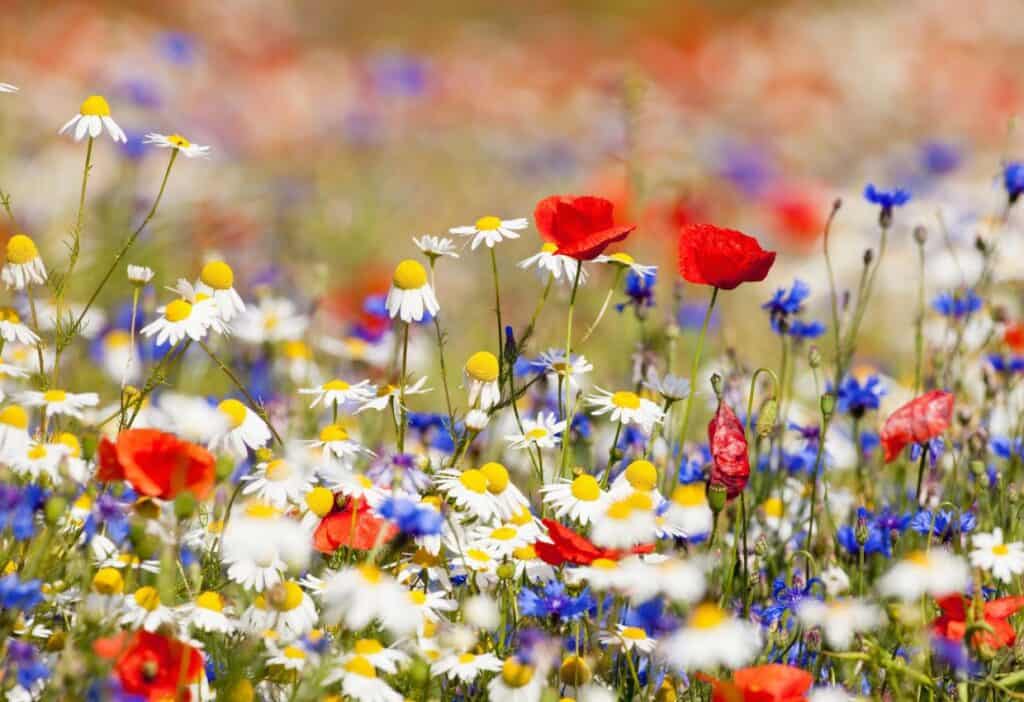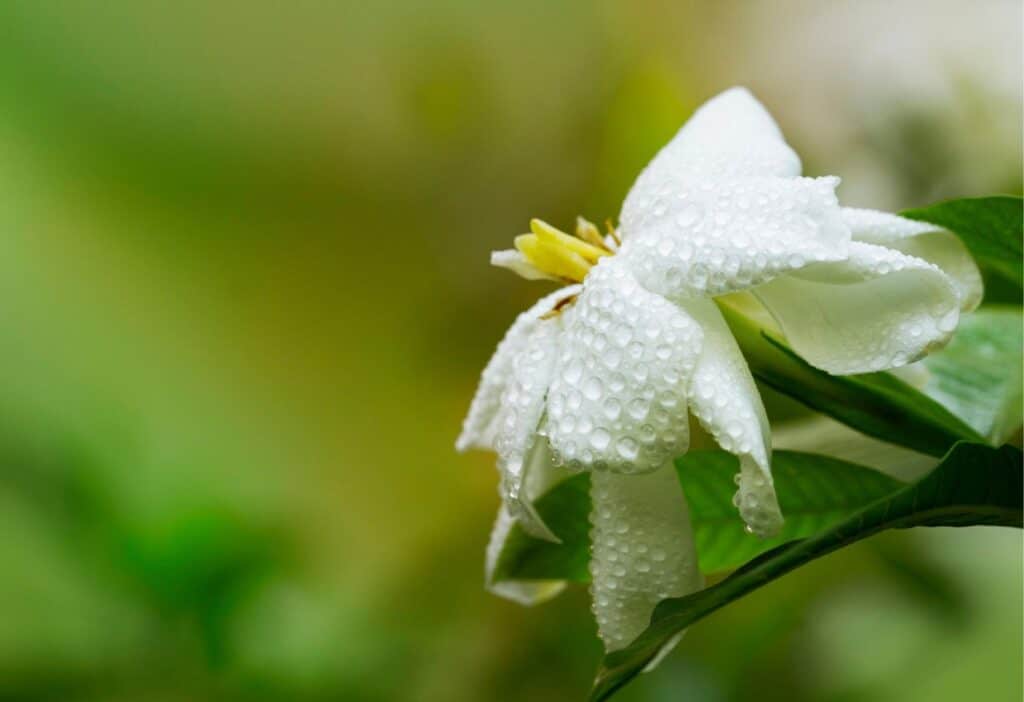People have long been captivated by the diverse beauty of flowers, ranging from vibrant annuals and resilient perennials to biennials and delicate bulbs. Understanding the different types of flowers helps enhance any garden. This comprehensive guide offers valuable information for gardeners and flower enthusiasts alike, exploring various flower types and providing insights into their characteristics and significance.

Whether you are a seasoned gardener or just now dipping your fingers into the dirt, learning more about the plants you cultivate can significantly enhance your gardening experience. What defines a flower type can be anything from its growing habits and species to its preferred locations and specific care requirements. By understanding these distinctions, you can make informed choices, leading to a more thriving and beautiful garden.
Species, genus, and cultivars
Species refers to the basic classification unit, indicating a group of plants that share common characteristics and can interbreed. For example, Rosa rugosa is a species within the rose family known for its ruggedness and distinctive blooms.
Genus is a higher classification level that groups species with more general traits. For instance, the genus Rosa encompasses all rose species, highlighting their shared characteristics while acknowledging their diversity.
Cultivars are cultivated varieties selected for specific traits such as color, size or resistance to disease. These are often developed through selective breeding or hybridization. For example, the Peace rose is a famous cultivar within the Rosa genus, known for its large, fragrant and multi-colored blooms.
Annuals
Annual flowers complete their life cycle within one growing season, providing vibrant color and continuous blooms throughout the warmer months. Popular annuals like marigolds, petunias and zinnias are celebrated for their ability to brighten gardens and landscapes with minimal effort. These flowers are ideal for those who enjoy refreshing their garden’s look each year. Annuals require well-drained soil, plenty of sunlight and regular watering to thrive.
Perennials
Perennials are the backbone of many gardens, known for their ability to return year after year with minimal maintenance. Examples include peonies, daylilies and hostas. Perennials typically bloom for a shorter period than annuals but make up for it with their longevity and ability to spread and fill garden spaces over time. Depending on the species, these plants prefer well-drained soil and a range of sunlight conditions.
“My favorite flower is the gardenia because its scent is so delicious! The small white flowers against the dark green bush are just gorgeous!”
— Gena Lazcano, Ginger Casa

Biennials
Biennials have a unique two-year life cycle, focusing on foliage and root development in the first year and flowering in the second. Foxgloves and hollyhocks are classic examples. While they require patience, biennials reward gardeners with stunning blooms in their second year. They thrive in well-drained soil and varying light conditions, from full sun to partial shade, depending on the species.
“I adore jasmine. Its sweet, floral smell is intoxicating and always reminds me of my honeymoon in Tahiti, where it grows natively in almost every direction you look.”
— Gina Matsoukas, Running to the Kitchen
Bulbs
Bulbs are a versatile choice for any garden, coming in both annual and perennial varieties. Tulips and daffodils are classic examples of perennial bulbs, returning year after year with vibrant blooms. Conversely, certain gladiolus varieties are grown as annuals, providing a single season of stunning flowers. Bulbs are packed with nutrients, allowing them to thrive with minimal care. They should be planted in well-drained soil, with watering especially important after planting.
Whether perennial or annual, bulbs can bring reliable, seasonal color to gardens year after year. Allowing the foliage to die back naturally helps replenish the bulbs for future growth.
Vines
Flowering vines, such as clematis and wisteria, add vertical interest to gardens, climbing trellises, fences and walls. They are known for their rapid growth and beautiful blooms that can transform any structure into a floral masterpiece. Vines require support structures and regular pruning to maintain their shape and encourage flowering. Plant them in well-drained soil and provide adequate sunlight for the best results.
Ground cover
Ground cover flowers, like creeping phlox and periwinkle, are low-growing plants that spread to cover large areas, preventing weeds and soil erosion. These plants are perfect for filling in gaps, providing a lush carpet of color and foliage. Ground covers are typically hardy and drought-tolerant, thriving in well-drained soil and varying light conditions, from full sun to shade.
Tropical flowers
Tropical flowers, including hibiscus and orchids, thrive in warm, humid climates and are known for their exotic, vibrant blooms. They can be grown as annuals in temperate regions or as houseplants. Tropical flowers prefer well-drained soil rich in organic matter, ample sunlight and consistent humidity. They also require protection from cold temperatures and frost to flourish.

Wildflowers
Wildflowers are native species that grow naturally in the wild, requiring minimal care and supporting local ecosystems. Examples include black-eyed Susans and coneflowers. Wildflowers are perfect for creating natural-looking, low-maintenance gardens. They thrive in the conditions typical of their native regions, needing well-drained soil and natural sunlight exposure. Wildflowers attract pollinators and add biodiversity to gardens.
Desert flowers
Desert flowers are uniquely adapted to thrive in arid environments, showcasing an incredible ability to survive extreme temperatures and minimal water. Examples include the cactus flower, desert marigold and the vibrant blooms of the ocotillo plant. These flowers often have deep root systems to tap into underground water sources and may bloom after rare desert rains, providing a brief but spectacular display of color. They require well-drained, sandy soil and full sunlight. Desert flowers are ideal for xeriscaping and can add beauty to water-wise gardens.
Understanding the various types of flowers and their specific needs can transform any garden into a vibrant, diverse landscape. Whether planting annuals for seasonal bursts of color, perennials for long-term beauty or exotic tropicals for a touch of the extraordinary, each type offers unique rewards.
Kristen Wood is a photographer, recipe developer, writer and creator of Schisandra and Bergamot, a botanical blog. She is also the author of Vegetarian Family Cookbook, Fermented Hot Sauce Cookbook and Hot Sauce Cookbook for Beginners. Her work has been featured in various online and print publications, including Healthline, Martha Stewart, Yoga Journal, Willow and Sage Magazine, Chicago Sun-Times, NBC and more.